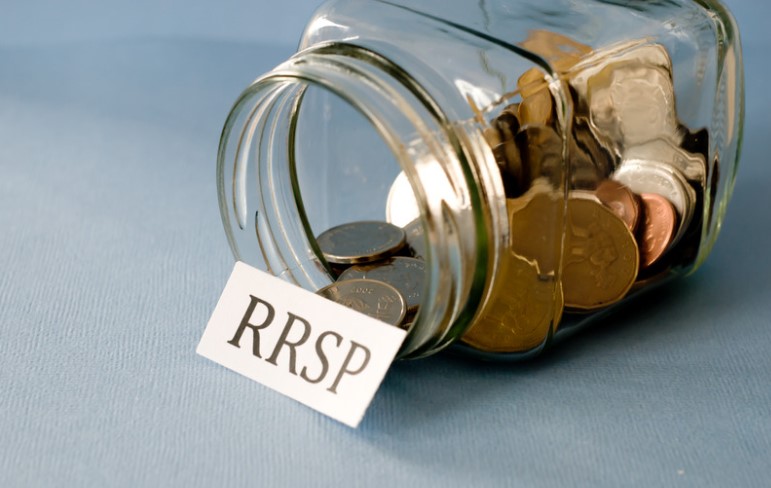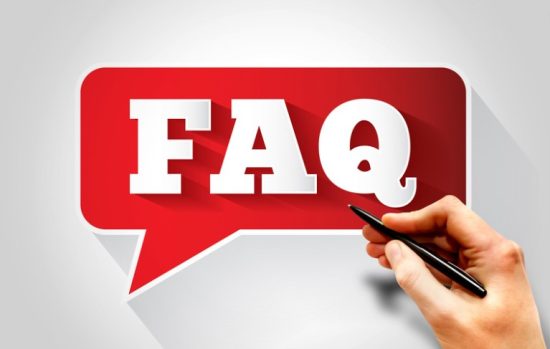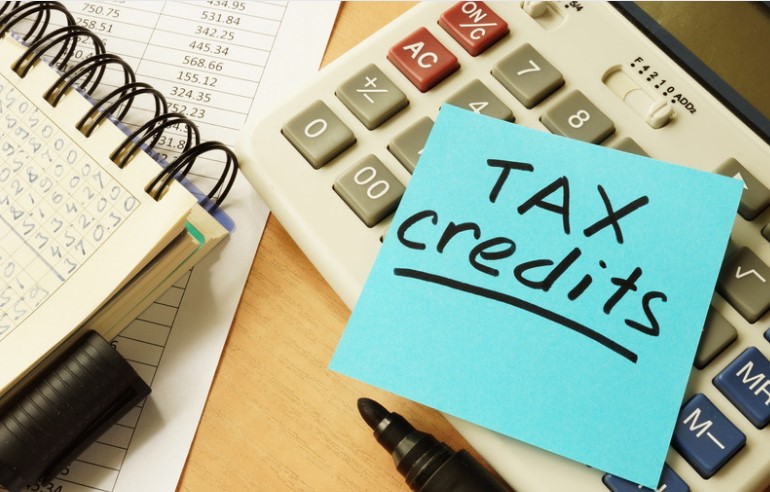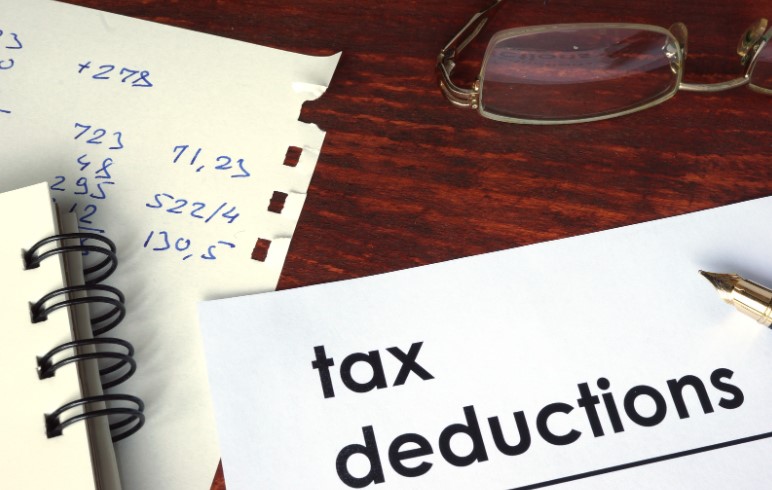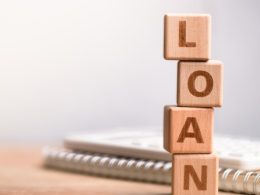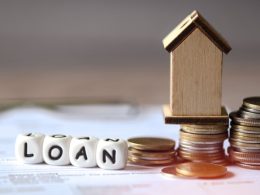Are you ready to unlock the secrets of your RRSP? If so, you’ve come to the right place! In this blog post, we’ll be diving into the best way to withdraw money from your Registered Retirement Savings Plan (RRSP). Whether you’re a first-time homebuyer looking for that down payment boost or considering furthering your education, we’ve got all the tips and tricks to help you make the most of your RRSP withdrawals. So grab a cup of coffee and get ready to explore the possibilities that lie within your retirement savings account!
What is a RRSP?
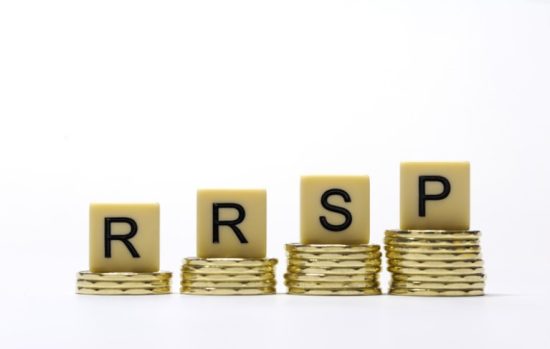
What exactly is a Registered Retirement Savings Plan (RRSP)? It’s more than just an acronym – it’s your ticket to a secure retirement! Established in 1957 as part of the Canadian Income Tax Act, the RRSP is a specialized account designed to help you save for your golden years while enjoying some incredible tax advantages along the way.
So why should you consider investing in an RRSP? Well, one of the biggest benefits is that any investment income earned within the account, such as capital gains and dividends, remains sheltered from taxes. This means that your hard-earned money has the potential to grow exponentially over time without being eroded by hefty tax bills.
However, it’s important to note that there are certain restrictions placed on RRSP accounts. These restrictions are put in place to encourage plan holders to keep their funds invested until they reach retirement age. While this may seem like a drawback initially, it works in your favour by ensuring that you have a substantial nest egg waiting for you when you’re ready to retire.
In essence, think of your RRSP as a long-term savings vehicle with built-in tax incentives. By taking advantage of these benefits early on and making regular contributions throughout your working years, you’ll be setting yourself up for financial success down the road. So let’s explore further and discover all the ways you can maximize your RRSP withdrawals!
When You Can Withdraw Money From Your RRSP?

As long as your RRSP isn’t a locked-in plan, you have the flexibility to withdraw money from it at any time. However, it’s important to consider the consequences before making a withdrawal. When you withdraw funds from your RRSP, the amount will be included as income for tax purposes. This means that you’ll be liable to pay taxes on that amount. Additionally, there is also withholding tax applied based on the size of your withdrawal.
Another factor to consider is that when you make a withdrawal from your RRSP, you’ll lose the contribution room that was initially used for that contribution. This can have long-term implications on your retirement savings and potential investment returns through compounding.
Given these considerations, it’s strongly advised to consult with an advisor before deciding to take money out of your RRSP before retirement. They can provide valuable guidance and help you fully understand the impact it may have on your overall financial situation.
Remember, planning for retirement requires careful consideration and strategic decision-making. It’s always best to seek professional advice when dealing with complex financial matters like withdrawing money from an RRSP.
Best Way to Withdraw Money from RRSP Without Paying Taxes
1. Home Buyers Plan
The Home Buyers Plan (HBP) is an excellent option for first-time homebuyers in Canada to access funds from their RRSP tax and interest-free. With the HBP, you can borrow up to $35,000 from your RRSP to use as a down payment on your new home. If you’re purchasing a home with your spouse, you both can withdraw up to $35,000 each, totalling $70,000.
To be eligible for the HBP program, you must be a resident of Canada and have a written agreement confirming that you are buying or building a home. The person using the home must either be yourself or a relative with a disability.
If you’ve previously owned a house, there are certain restrictions. You must wait at least four years after selling your previous home before utilizing the HBP again.
It’s important to note that any money withdrawn for the HBP must remain in your RRSP account for at least 90 days before it can be used. Additionally, the borrowed amount needs to be repaid within 15 years, starting from the second year after completing the HBP. Payments are evenly divided annually based on how much was borrowed.
One thing to keep in mind is that if you fail to repay your HBP amount for the year as agreed upon (e.g., $1,666.67), then this outstanding balance will be added to your taxable income for that tax year.
2. Lifelong Learning Plan
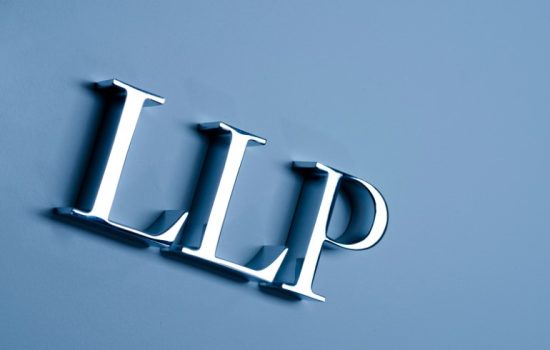
The Lifelong Learning Plan (LLP) is a fantastic option for individuals looking to further their education while also utilizing funds from their RRSP. With the LLP, you can withdraw money from your RRSP tax-free and use it to cover education expenses for yourself, your spouse, or your common-law partner.
To be eligible for the LLP, the education or training program must be full-time and last at least three months. It should require a minimum of 10 hours of coursework per week, excluding homework and travel time.
Once you make your first withdrawal under the LLP in a given year, you have four years to make additional withdrawals. For example, if you took out funds in 2020, you have until 2024 to complete all necessary withdrawals.
There are limits on how much you can withdraw through the LLP. The maximum amount is $10,000 in a calendar year and $20,000 total. This means that both you and your spouse or common-law partner can take advantage of this program simultaneously without affecting each other’s contribution limits.
It’s important to note that any money withdrawn through the LLP must be repaid into your RRSP within ten years. Payments must be made in even yearly increments unless you overpay one year which would result in a smaller payment being due next year.
You have the flexibility to use the LLP multiple times throughout your educational journey; however, it’s crucial to repay any outstanding funds before considering another withdrawal from your RRSP. You’ll have a grace period of ten years to pay back these borrowed amounts depending on how long you remain a qualifying student after making your initial withdrawal.
Remember that contributions used for an LLP withdrawal need to stay within your RRSP account for at least 90 days before they can be utilized under this plan.
3. Withdrawing RRSP Money at Retirement
When it comes to withdrawing money from your RRSP at retirement, you have three options to consider. The first option is converting your RRSP into a registered retirement income fund (RRIF). This allows you to start receiving regular payments based on the minimum amount set by the Canada Revenue Agency (CRA) and a percentage of the market value of your RRIF. While these payments are fully taxable, there is no withholding tax on the minimum amount.
Another option is purchasing an annuity with your RRSP funds. An annuity provides guaranteed income for either a specific period or for the rest of your life. With this option, you won’t pay any withholding tax, but the money you receive from the annuity will be fully taxable in the year received.
The third option is making a lump sum withdrawal and taking out all the money from your RRSP. However, keep in mind that this will result in withholding taxes being deducted from the amount withdrawn and adding to your taxable income. This could potentially lead to paying a significant amount of tax.
The ideal alternative for your financial goals and situation should be carefully considered because each has its benefits and drawbacks. Consulting with a financial advisor can provide valuable guidance in making an informed decision about how to withdraw money from your RRSP at retirement without compromising long-term financial security.
Tax Consequences of Withdrawing from RRSP
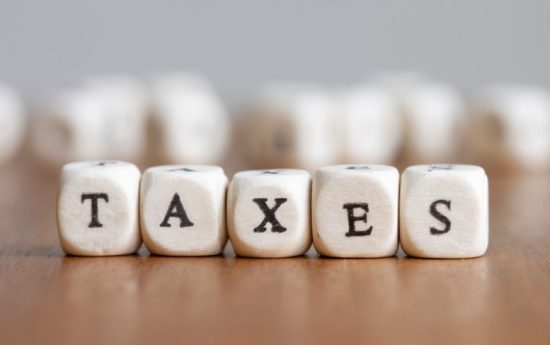
Withdrawing money from your RRSP can have significant tax consequences that you need to consider before making a decision. One of these consequences is the withholding tax, which applies to cover a portion of the tax bill arising from RRSP withdrawals. The purpose of this tax is to motivate Canadians to keep their funds in their RRSP. Unfortunately, there’s no way around it unless you use specific programs like the Home Buyers’ Plan or the Lifelong Learning Plan.
The good news is that the withholding tax rate depends on how much you withdraw, allowing you to optimize if necessary. For example, if you need to make a withdrawal between $1 and $5,000 in Quebec, the withholding tax rate is 5%, while for all of Canada except Quebec, it’s 10%. As your withdrawal amount increases, so does the withholding tax rate.
When you make a premature withdrawal from your RRSP, your contribution room disappears forever. You won’t have another chance to re-contribute any amount previously withdrawn. This has long-term implications for your retirement nest egg because having fewer available funds affects your ability to optimize tax benefits within the account.
However, there are exceptions under certain programs such as the Home Buyers’ Plan and Lifelong Learning Plan. These plans allow you to repay withdrawn amounts over a specified period and regain some contribution room.
Another consequence is losing out on potential investment gains by selling investments in your RRSP early for cash withdrawals. This loss is commonly referred to as an opportunity cost—the benefit foregone when pursuing another alternative—in this case having immediate access to cash rather than waiting for long-term capital gains and other investment income.
Withdrawing money from your RRSP comes with various tax consequences that should be carefully considered beforehand. The withholding tax will apply unless specific programs are used; contribution room will be lost permanently; and there may be missed opportunities for investment gains due to the early selling of investments within the RRSP. It’s essential to weigh these implications against your financial needs and goals
Conclusion
Withdrawing money from your RRSP should be considered carefully, as it can have significant tax implications and impact your long-term retirement savings. While there are options available to access funds for specific purposes like buying a home or furthering your education, it’s important to consult with a financial advisor before making any decisions.
The Home Buyers Plan and Lifelong Learning Plan offer ways to withdraw money from your RRSP without immediate tax consequences, but they come with their own set of rules and repayment obligations. These plans can be beneficial if used correctly and within the specified guidelines.
When it comes to withdrawing money at retirement, you have the option to convert your RRSP into a registered retirement income fund (RRIF), purchase an annuity for guaranteed income, or take a lump sum withdrawal. Each option has its pros and cons in terms of taxation and flexibility.
It’s crucial to understand that any withdrawals from your RRSP will be subject to withholding tax and will reduce your contribution room permanently. Additionally, selling investments early to access cash may result in missed investment growth potential.
The best way to withdraw money from your RRSP depends on factors such as your financial goals, current circumstances, and plans. Seeking professional advice is highly recommended before making any decisions regarding withdrawals from this valuable retirement savings account.
FAQs – Best Way to Withdraw Money From RRSP
1. What is the most tax efficient way to withdraw RRSP?
The most tax-efficient way to withdraw RRSP in Canada depends on your circumstances, such as your age, income, and retirement goals. Here are some general tips:
2. Withdraw money gradually. The longer you can defer withdrawals, the more time your money has to grow tax-free inside your RRSP.
Consider converting your RRSP to an RRIF. An RRIF is a registered retirement income fund that provides you with a guaranteed income stream. This can be a good option if you need a steady source of income in retirement.
Use the Home Buyers Plan (HBP) or Lifelong Learning Plan (LLP). These government programs allow you to withdraw money from your RRSP tax-free for specific purposes, such as buying a home or paying for education.
Take advantage of the age-based minimum withdrawal rules. These rules require you to withdraw a certain amount of money from your RRIF each year after you reach age 71. However, you can choose to withdraw more or less than the minimum amount, depending on your financial situation.
3. What is the best way to cash in an RRSP?
The best way to cash in an RRSP is to convert it to an RRIF. This will allow you to withdraw money gradually and avoid paying a large lump sum of tax. However, if you need to cash out your RRSP all at once, you can do so. You will have to pay tax on the amount you withdraw, plus a withholding tax of 10% on amounts up to $5,000.
4. How much do I lose if I cash out my RRSP?
If you cash out your RRSP, you will lose the tax-free growth that your money would have enjoyed inside the plan. You will also have to pay tax on the amount you withdraw, which could increase your income tax bracket and make you ineligible for certain government benefits.
The amount of tax you will pay on your RRSP withdrawal will depend on your income tax bracket and the amount you withdraw. For example, if you are in the 20% tax bracket and you withdraw $10,000 from your RRSP, you will have to pay $2,000 in tax.
5. Is it worth it to withdraw from RRSP?
Whether or not it is worth it to withdraw from your RRSP depends on your circumstances. If you need the money to cover an unexpected expense or to supplement your retirement income, then it may be worth it. However, if you can afford to keep your money in your RRSP, it is generally the better option.
Here are some additional things to consider when deciding whether or not to withdraw from your RRSP:
- Your age and retirement goals: If you are close to retirement, you may want to keep your money in your RRSP to grow tax-free for as long as possible.
- Your income tax bracket: If you are in a high-income tax bracket, withdrawing money from your RRSP could increase your tax bill.
- Your other sources of income: If you have other sources of income, such as a pension or Social Security, you may not need to withdraw money from your RRSP.
- Your investment goals: If you are saving for a specific goal, such as a down payment on a house, you may need to withdraw money from your RRSP.




